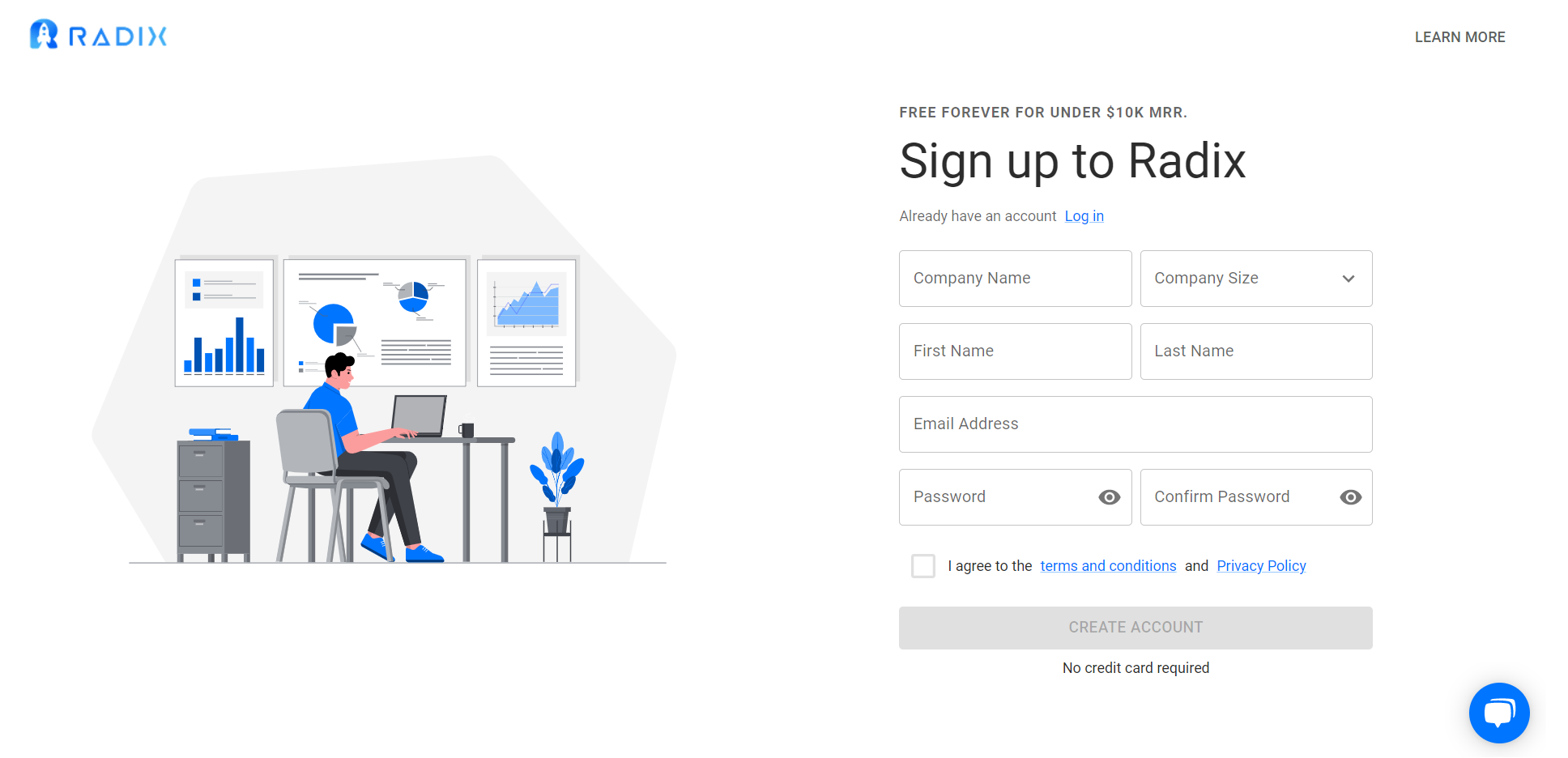If you are a business owner, one of your biggest challenges is subscriber churn. It’s the one thing that will make or break your business in the long run. If you can reduce it and make subscriptions stick long enough to become profitable, then everything else will fall into place just fine. In this article, I’m going to show you how to build a Churn Funnel to combat subscription cancellation.
The next six guidelines describe an approach built on the idea that reinventing the cancel experience is the greatest way to keep customers. Businesses might and should be doing more to satisfy customers’ urgent needs. Yes, even if that is the point at which the cancellation is requested. SaaS and subscription companies can grow in a long-term, sustainable way by employing a methodical strategy for customer retention.
1) Instead of an exit survey, create a customer churn funnel.
Exit surveys are an excellent tool since you can learn directly from customers. You receive feedback straight from the original as opposed to depending on translation from the sales or success teams.
But how are you using this information? When no one is in charge of turning the input into useful information, you lose the benefit of an exit survey. Most businesses find it difficult since survey tool insights are isolated. Consider churn as a funnel to get the most out of an exit survey.
When a customer cancels,you need to start a churn funnel to bring them back to your company. Identifying at-risk accounts, engaging consumers at the correct moment while gathering intelligence to learn, and growing incremental income while satisfying users are the first 3 steps in creating a churn funnel.
2) Personalize your subscription cancellation experience for each segment of your customers.
As customers move down the funnel toward canceling their account, you should attempt to satisfy unmet needs at the moment by making offers based on a combination of their account details and their reason for cancellation. Just as personalization increases conversion rates in customer acquisition, customizing your cancel experience helps influence customers to stay.
Everything you know about your customers should feed into personalizing your cancelling experience. This includes – the age of the account, usage, billing terms, and plan type. By building a cancel experience that reminds customers of their original desired outcome and past successes, loss aversion kicks in.
3) Recognize the causes behind subscription cancellation.
As you receive feedback, categorize the reasons for canceling based on who would be influenced by the data. Consider customer service, market research, product development, and identifying new business opportunities. This enables the identification and tracking of investments made to lower churn.
Here are a few examples of churn data outputs:
-Rethinking the trial period to increase engagement and conversion
-Making the company’s ideal customer profile more precise
-Improving the onboarding process
-Proactive communication and assistance, merely to provide a superior customer experience at the conclusion of the customer journey.
4) Test and improve customized offers to retain.
Making offers is all about trying to save money that would otherwise be lost. When you find out “who is canceling and why,” it’s essential to take immediate action to address the unmet needs of your customers and provide them with a reason to stay.
Of course, it all comes down to providing the appropriate answer at the appropriate moment and for the appropriate motive. They are more likely to be successful if the context is appropriate for the offer.
5) Automate the retention process.
You should be able to automate alerts and drive retention workflows through email, product, sales/success teams, and support outreach with an integrated go-to-market tool stack.
What does a workflow for retention look like?
Beginning with mapping subscription attributes like value, term, plan, transactions, and renewals from billing into your CRM and automatically generating or updating accounts at the moment of purchase. Next, add product usage information to your customer records (using a solution like “Segment”) so that email, chat, and product interactions can be triggered and customized. Pass account information across all of your systems to create a consistent consumer experience. Your systems will be coordinating to automatically surface a customized cancel experience and notify the appropriate teams of the possibility of churn when a customer indicates their intent to cancel.
During many phases of the customer lifecycle, including onboarding, training, upselling, expanding, and reaching product milestones, these linkages also help in customer retention.
6) Make improvements to generate more money.
Once you implement loss aversion, segment churn, and design offers for particular client segments, you need the means to gauge and rate retention. Driving more money across a person’s lifetime is the retention industry’s north star metric.
Besides having a great churn funnel, you will also need to have an accurate data revenue platform to track and analyze your business to prevent it.
Radix is a real-time data revenue platform for payment gateways such as PayPal and Stripe. It is totally free and very user-friendly. Improve yous subscription cancellation ratio.






